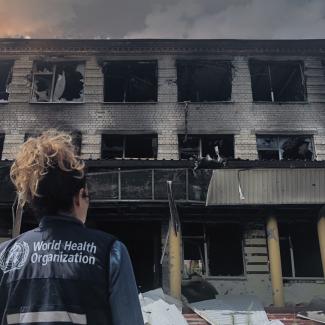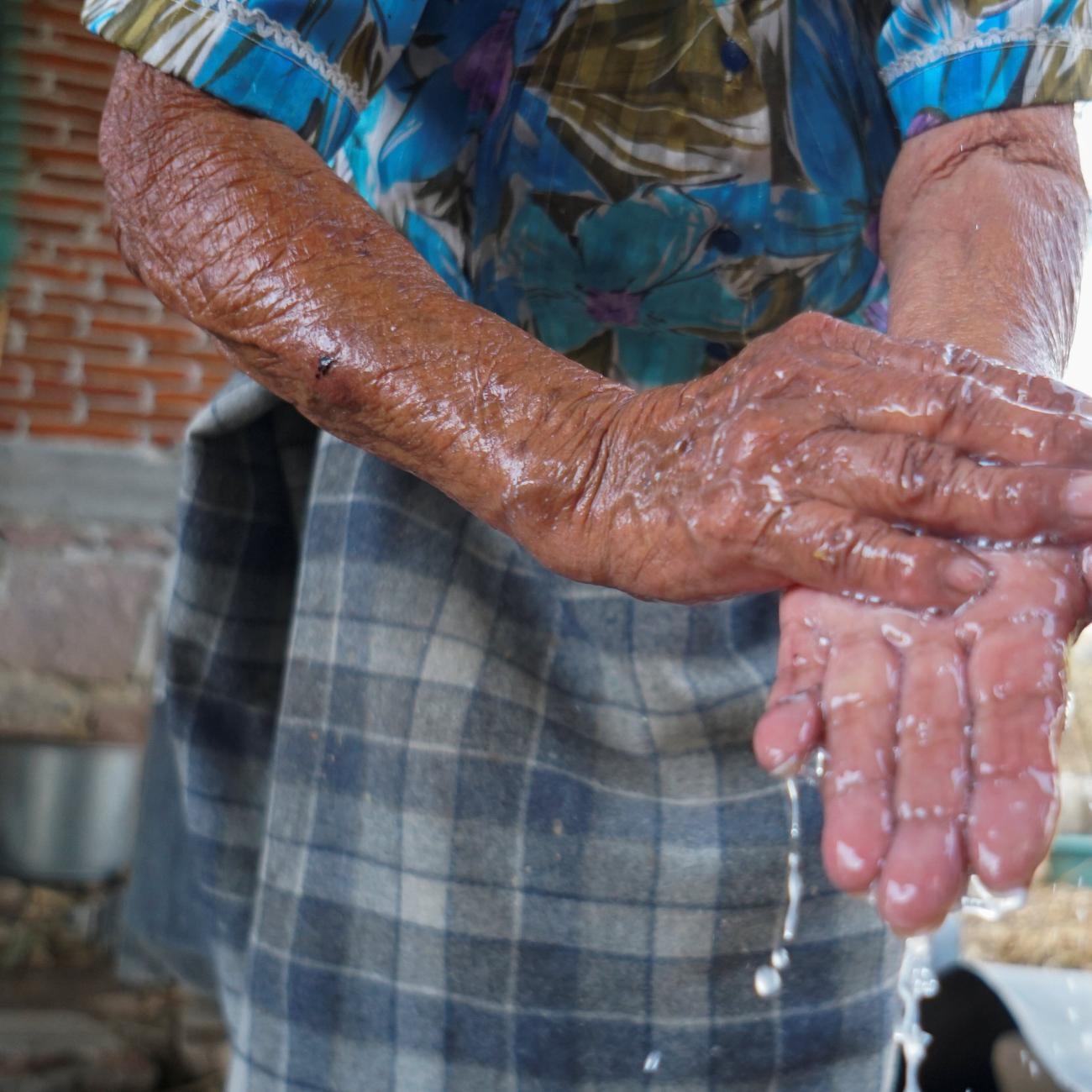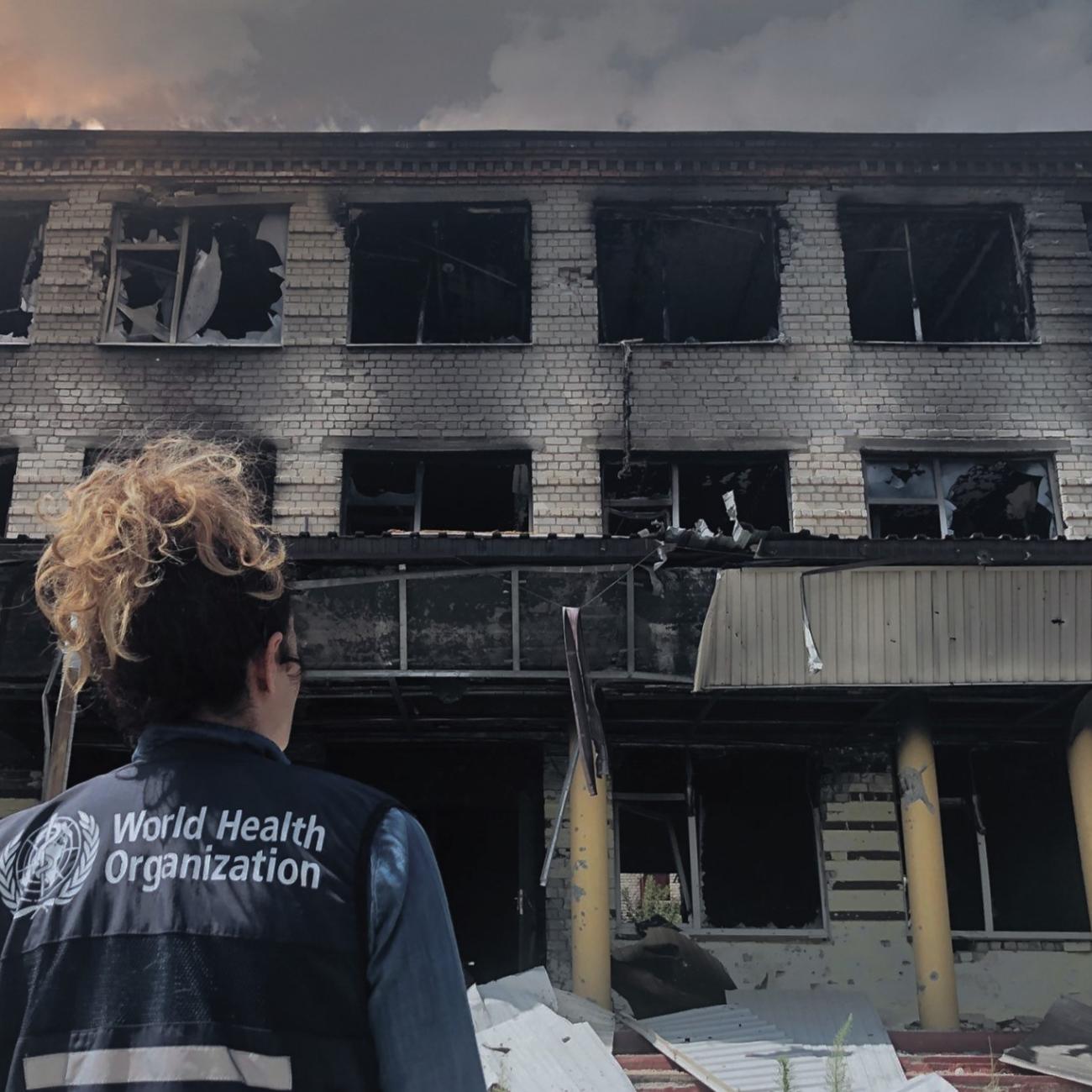Lucy Njoki, a mother of three from Nakuru County in Kenya's Rift Valley, harbored dreams of her youngest daughter's becoming an air hostess. Stacy, now 22, would instead wind up running a grocery stall in a local market.
"My daughter had it all," Lucy says, dolefully. "She oozed confidence from a young age. I pictured her trundling along the aisles of an aircraft, tending to passengers with a big smile. Unfortunately, this never came to pass."
Stacy's smile disqualified her from the aspiration. As happened to most of her peers growing up in the county's Naivasha region, Stacy's teeth—once pearly white—became discolored from fluorosis at a young age. Down went her career dreams and once indomitable self-esteem.
Her case is one of many in Nakuru, a region that has long struggled with unusually heavy fluoride content in its potable water. In many countries, fluoride is added to water supplies to prevent tooth decay, but some areas come naturally with too much of the element already embedded in the earth, which can cause health problems such as weaker bones. The World Health Organization (WHO) states that "although removal of excessive fluoride from drinking-water may be difficult and expensive, low-cost solutions that can be applied at a local level do exist."
Yet this public health challenge has evaded a permanent solution in Nakuru despite attempts by successive administrations. That has put many people in the area at a disadvantage when it comes to securing job opportunities, Hon. Stanley Karanja, a member of the County Assembly (MCA) for Naivasha East, tells Think Global Health.
32% of patients showed to have severe fluorosis
A 1984 study titled "The occurrence and distribution of fluoride in groundwaters of Kenya" noted that groundwater in Nakuru County (formerly known as Nakuru District) contained more fluoride than any other district in the province and several other provinces across Kenya. A 2017 study conducted among patients in two hospitals in the county revealed a fluorosis prevalence rate of 86%, with 32% of the patients shown to have severe fluorosis. More recent studies show elevated levels of fluoride in selected produce grown in the county.
"Due to fluorosis, when it comes to recruitment in either the military or the police, many of our people are left out. That's because the recruiters also check the color of a candidate's teeth," Karanja says, adding that those with brown teeth are often locked out of careers in marketing and television, which diminishes the scope of opportunities available for normal growth and development.
Karanja considers the issue to be a violation of Kenya's constitution, which entitles every person to clean and safe water. County officials now acknowledge the severity of the problem, noting that the region's fluoride levels sometimes exceed 0.5 to 1.0 mg per liter, the WHO's optimal concentration in drinking water.
"Fluoride affects both the very old and the very young. On matters [about] gender, you find that even for our young girls affected by fluorosis, it diminishes their self-esteem," Karanja says.
Hon. Alex Mbugua, the MCA for Lakeview Ward, says many households in his jurisdiction find it too expensive to purchase bottled water as an option to the fluoride-rich water provided by public water systems.
"Growing up, some well-to-do families would purchase bottled water from supermarkets, but this option was out of reach for most families, who had to rely on municipal water." Mbugua, a trained medical doctor who grew up in the region, told Think Global Health. "The municipal water, as I came to study it later on, had very high concentrations of fluoride."
This, Mbugua says, has affected many people he represents, particularly young women: "When we introduced masks during the COVID-19 pandemic, we realized that some girls and women who had browned teeth never did away with the masks because of the social stigma."
Mbugua acknowledges the nexus between fluorosis and bone weakness, saying he records a high incidence of bone fractures in his area.
Those who escape bone fractures in younger years still might have to cope with other complications in their advanced years
"There is so much breakage of bones especially in our schools. Today, for instance, we have toured three schools, and we found children with multiple breakages."
Those who escape bone fractures in younger years still might have to cope with other complications in their advanced years.
"Old people in these regions suffer from stenosis [the narrowing of spaces in the spinal column]. There's a high incidence of back pain. You find that their bones are not able to hold their weight. Arthritis is also common," said Mbugua.
He urges for preventative approaches, including defluorination, that will help address fluoride concentration in water, particularly among children:
We could acquire machines that could be installed in schools. School is mandatory in Kenya. If we are unable to treat people at the school-going level, there's little use in treating them in old age when the problem has intensified. You'll realize that most of the children who settle in Naivasha aged seven and above will not have discolored teeth. But for most children born in Naivasha or those who came here before they had attained seven years of age, their teeth end up browned or brittle due to fluorosis.
Treating fluorosis is expensive and not within most people's financial reach. As of 2013, the Kenya Medical Practitioners and Dentists Council placed the disease burden of treating it among children at 24,785,500 Kenyan shilling ($190,808), versus 701,500 Kenyan shilling ($5,400) for those without it.
The Catholic Diocese of Nakuru, which has invested in the development of simple, affordable defluorination technologies, sold their defluorination units at between $17 and $23, with running costs of approximately $1.8 per 1,000 liters of water.
However, in a country with a $2,099 GDP per capita (2022), the cost even of technologies termed affordable remains prohibitive for many households.
The condition affects many people in the Rift Valley's volcanic belt, not just Nakuru County.
"This problem is widespread in the major volcanic belt within the Rift Valley; you'll find brown teeth in Narok and Baringo Counties of Kenya and as far off as Ethiopia," Mbugua says.
In the interventions, Mbugua and partners are discouraging the sinking of boreholes in the area because of the fluoride levels. Mbugua says he is in talks with various partners to install defluorination machines in schools in his area.
His colleague Karanja laments that plans to supply low-fluoride water from nearby Nyandarua County have yet to materialize. As part of his recommendations, Karanja is vouching for increased and equitable share of low-fluoride water for residents of Nakuru, particularly in areas hard hit by endemic fluorosis.
"Due to the fluoride effects on bones, we should be considered the same way that a marginalized area is. The government should also fulfill its plans to get water from Nyandarua County. Local initiatives to defluorinate water should ensure that the water is available at rates people can afford," he said.
More recently, interventions by the county government of Nakuru with partners such as the World Bank have attempted to defluorinate water in various parts of the county. In one such plan, the county partnered with the World Bank to supply a blend of water from the county's underground sources with low-fluoride water from two rivers feeding into the county from the neighboring Nyandarua County.
As with many people in her locale whose dreams were permanently blotted by the enduring stains of fluoride, Stacy has come to terms with the reality that she will never tour the world as an air hostess as she had hoped. Still, Stacy is optimistic that by the time she starts her own family, the faucets in Kenya will spout low-fluoride water and her children will escape the stains and the stigma of discolored smiles.




